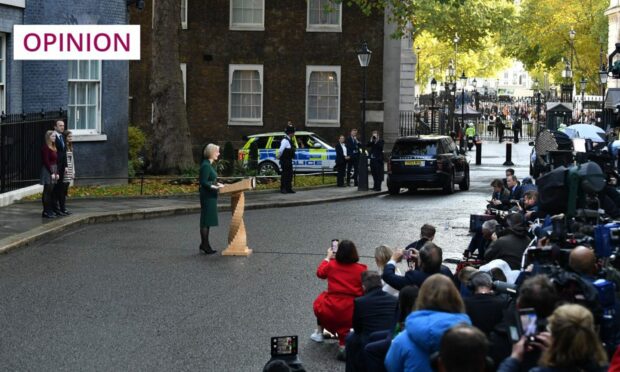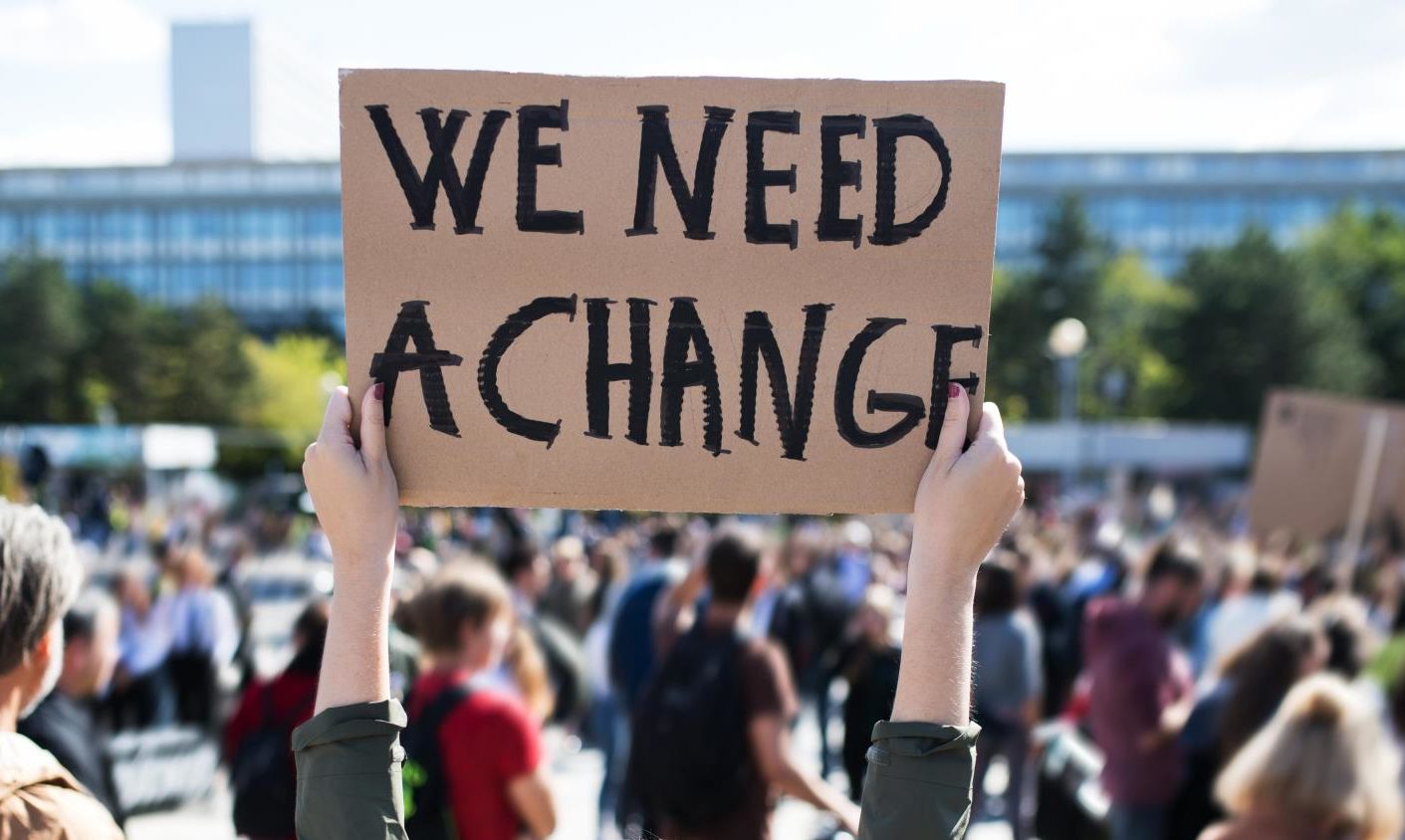It has become familiar, in recent weeks and months, to hear about a phenomenon in British politics known as the “U-turn”.
Critics and journalists attach this label to any decision a politician makes which contradict a previous one. In short, it describes a change of mind.
For a government, consistency is important. While Liz Truss’s premiership was arguably doomed because her initial policy positions caused massive turmoil when they came into contact with reality, her authority and reliability also came into question when she abandoned those positions.

The question, very reasonably, was put: if you row back on the things you said you would do while running to be elected, how can any new policy announcement be trusted? A government can’t proceed with this level of uncertainty hanging over it, as the chaos leading to Truss’s resignation perhaps showed.
However, does changing one’s mind, and the uncertainty that change generates, have to be negative in every case? Is it always a losing of face, an acceptance that one was initially wrong?
Does changing my mind license others to perceive me as someone whose word does not mean much, because I might as easily go back on it tomorrow?
Changing our minds is seen as weak
When I have changed my mind in front of others, I have found that those who disagree with my new point of view will use my previous opinion against me. The criticism often goes: “You can’t say that, because you already said this.”
In these situations, the respect accorded to my points of view decreases. This is a gendered process: effeminacy has long been conflated and devalued by association with, among other things, changeability. To change one’s mind is to be affected by external events or someone else. In other words, it is to be weak.
I am a queer man. For some, to change my mind is to confirm an inherent effeminacy that people suspect of me. It gives others a reason to believe and uphold the implicit biases which maintain that effeminacy is bad.
Because those biases hold that queer people are hopelessly effeminate, or representative of “gender ideologies” that are worse still, changing my mind plays into a narrative which fixes queer people as marginalised outliers.
Changing my mind is certainly not to be firm and sure of myself, as masculine people are frequently rewarded for being. It is not to know what I am doing from start to finish. It’s to serve myself up to be written off, to give someone else the feeling that they can say: “Let’s leave the power where it is.” Or, perhaps, with whom it is.
We all change as we go through life
Social media, now deeply embedded into the dynamics of many interpersonal relationships, encourages its users to cultivate profiles that make coherent sense. Each user should have a clear narrative that connects who they are from one day to the next.
If I go onto Twitter tomorrow to post something new, I am faced with the post I wrote last time. I ask myself: what do I do now, in light of what I have done?
What present realities am I ignoring, and what futures am I foreclosing, in order to affect a continuity with the past?
I have sometimes been led to believe that changing my mind is a big deal. The implication is that it is more usual to maintain points of view and ways of living with which I have traditionally been associated. But, what does this do, other than lock me to a long past version of myself, whose conception of joy likely fails to register with the person I have become?
What present realities am I ignoring, and what futures am I foreclosing, in order to affect a continuity with the past?
I am open to change
Changing my mind has meant I have experienced scorn and derision in environments – sometimes professional, sometimes personal – where I might have hoped for respect. However, it also enables profound evolution.
Changing my mind facilitates an openness to the world, the people I encounter, and the points of view I do not yet understand. It means I accept that I am no more an authority on anything than anyone else.
Changing my mind means that I am in the world without anchor, and this feels disconcerting. Or, if I think about it again, it feels calming, because it affirms that the world around me and the people in it are infinitely various, and I do not know what may unfold when I encounter them.
I do not mean to valorize changing one’s mind. The practicalities of everyday life regularly require continuity. But, I do mean to suggest that the personality traits, the likes and dislikes, that I might use to explain who “I” am, are not as cemented as they seem.
Maybe, before I assert that “I think this”, I might question whether “I” is a fiction I’ve made, a story I’m always writing. It’s a story I can always write differently, if I change my mind.
Darryl Peers is a writer from the north-east of Scotland



Conversation